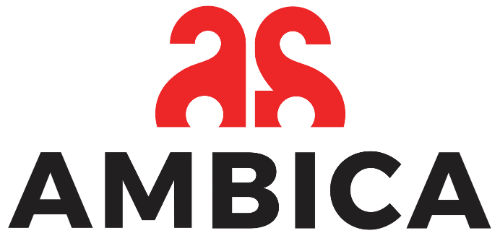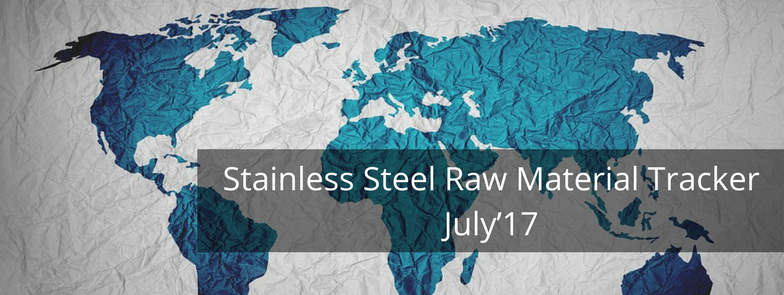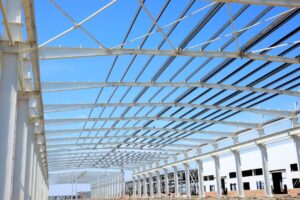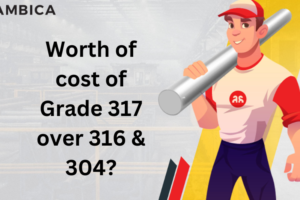Nickel highlights
Nickel costs reform as July closes
Nickel prices were in a steady and long (though not steep) decline since the start of 2017. At the end of 2016, the price stood at nearly $12,000/tonne, keeping in a range of around $ 9,600 – $ 11,000/tonne between July 2016 and April 2017. We expect this range to be natural for the next half of 2017. Due to this, we are upgrading our forecast to $ 9,600/tonne as our baseline and $ 9,900/tonne as our high.
In the past month of July 2017, nickel prices have seen a sharp rise. The main reason for this seems to be a bullish approach in the markets in general. Other metals and raw materials have also seen this increase and seem to have gone in a similar direction. Another reason we were able to determine is the Chinese economic data, which has been better-than-expected and has provided an optimistic outlook in general.
Market bias in this environment has been inclined towards the upside, which is why the forecast has been adjusted to $10,000/tonne after Q3 ($ 9,900/tonne during Q3), with a general bearish approach not on the horizon.
In the past year, we had believed the Philippine government to pursue a more generous approach towards mine closures, which would lead to a steadily growing recovery in the Chinese trading arena. However, the multiple mine closures that had been put into place by the previous – somewhat controversial – minister for environment, Regina Lopez, were held up by Roy Cimatu, the new environmental secretary and head of DENR, and the rhetoric by President Duterte on stricter environmental rules and possible raised taxes for miners have made it harder to determine with certainty where the Philippine industry is going to go for the rest of the year and beyond. Indonesia has been picking up the slack here to a certain extent.
Despite the fact that these issues still exist in the Philippines, the Chinese ore imports are recovering and currently run above levels from 2016.
3.74m tonnes arrived in June, an increase of a sharp and healthy 22.1% from May and 6.3% higher year-on-year. With a great amount of influx of imports from Indonesia, and with the government in Jakarta more likely to keep up the strong export trend, the situation in the Philippines is not yet critical to the Chinese market, as its NPI sector does not yet face any more shortages as far as we could determine.
China has also begun the restocking of nickel raw materials, driving SHFE stocks down and bringing up Shanghai premium. If the February high of $11,000/tonne is not reached again this year, it will mean for a flatter curve, potentially inviting a more bearish approach throughout the market in H2. It is difficult to read stocks with a great amount of certainty in this volatility, as SHFE stocks are going down, but LME stocks are flat, with total exchange stocks still being at a healthy high.
Chrome highlights
Chrome costs bounce back in accordance with Chinese stainless industry
While the nickel market is relatively stable for now, the chrome market can be described as volatile and even more bearish. There is a line of thought that the market will have bottomed out soon and it looks like that could indeed be where it goes for the fall.
This tremendous volatility is in part to blame on the greater pricing power of chrome ore miners – especially in South Africa. This stems from mergers and acquisitions in South Africa, where miners have been taking advantage of the rise in demand from China, which had been destocking. They feel a greater controlling power over the market as their ore is the one that is traded more strongly.
Ferro-molybdenum and molybdic oxide prices are on the rise in July 2017, especially as Europe is responding to short-trading in Asia. Due to this, we predict that the European molybdenum market will follow the trend that has been laid out by Asia and the US in the rest of 2017.
The prices for chrome raw ore have gone up by 10-20% during July 2017, with the sought after South African UG2 ores now trading at $170/tonne CIF China, a similar line to the Turkish lumpy ore, which now trades at $275/tonne CFR China. China is facing price increases as demand for stainless steel rises and a restocking of raw materials takes place. Domestic ferrochrome prices are back at some RMB 6,900/tonne, a rise of one fifth since we previously looked at it.
As China’s hunger for stainless steel increases once again, the short term outlook certainly is positive. As Europe is also going to come back to the table for raw materials in the fall, further price increases are on the horizon.
We also expect this bullish volatility to subside in the coming months, with China being the main driver and chrome ore stocks in Beijing at relatively high levels acting as a price ceiling, cooling the upward trend to a certain extent.
Scrap highlights
US scrap costs down, Europe up
The market for scrap has completed a U-turn since last month when European prices fell, while US prices stayed relatively flat. Now US prices are plummeting as Europe bounces back and recovers from last month’s downturn.
This was to be expected, as Europe’s slow summer (and therefore production slump) started earlier than that of the US and therefore the US took a while to catch up with the general slowing and downward summer trend. Europe’s scrap merchants were forced to lower their prices by market forces, as prices for chrome and other raw materials fell sharply and have yet to recover, staying at a flat line in both areas. There has been some movement in the US, however as there are demands and inquiries about import of primary chrome as a result of the lower prices in Europe, which obviously makes the trading flow in that direction interesting to all parties in the US, filling a vacuum, and adjust how they trade with regards to their competitiveness.
For the rest of the year, we see an increase in both markets for scrap prices. As seen above, nickel has had an upturn and there are restocking efforts going on before Q4 hits. The uptake of production in the US and Europe in the fall should short a short-term relief and boost in these markets.





